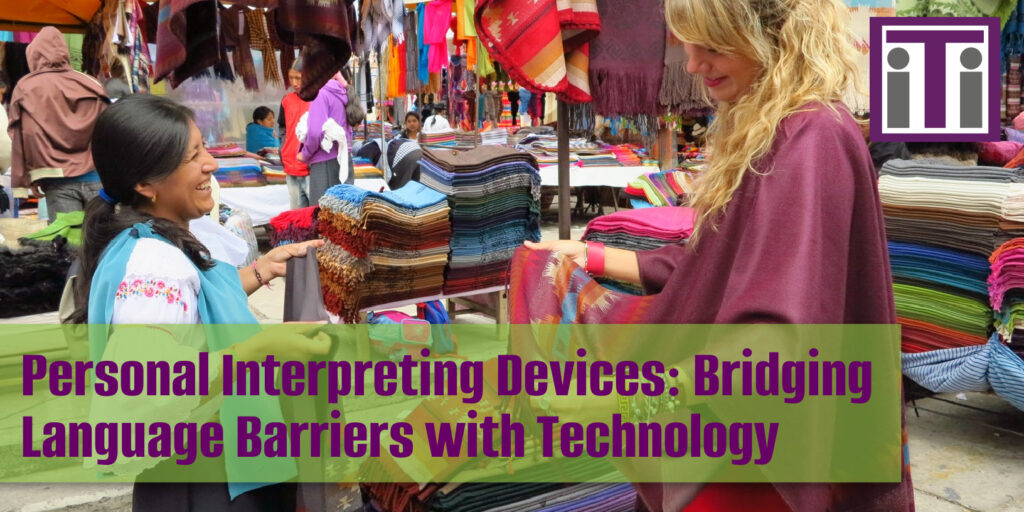Business Translations: How Poor Translations Can Affect Your Business’ Bottom Line
Reading Time: ~6 mins

If you’ve been wooed by a low-budget business translation company, you may have sacrificed quality for price.
You need to be sure that you have hired qualified translators who are using a documented process with thorough quality control to catch any linguistic or technical errors that could impact the accuracy and efficiency of the final translation.
Consider this: one poorly translated sentence in an important document can damage the professional image of your company.
Sure, there are some instances where translation errors seem funny (there are hundreds of examples of mistranslations on the Internet as jokes). However, mistranslations aren’t exactly funny when they are negatively impacting your own product or business. On top of that, the cost of poor translations can go beyond money; if you work in an industry like manufacturing, a mistranslation could put lives at risk.
There are other unseen impacts as well: An error in a legal document can cost people a lot more than financial losses when an inaccurate translation of a medical report can lead so serious health implications. Continue reading to learn some of the repercussions of poor translations, as well as tips for avoiding translation errors.
Brand Management
Nobody makes mistakes on purpose. As we’ve mentioned before, some translation mistakes can be humorous — there are entire websites devoted to examples of bad translations. Some translation mistakes , on the other hand, can be viewed as downright offensive and unprofessional.
When you pay for corporate translation services, it is implied that the translation will honor your businesses’ brand– people want to buy from a company that has a respectable image. So, if your business comes off as an unprofessional, your customers may decide to take their business elsewhere. Basically, you should avoid making your business into a punch line.
Affecting Business Transactions
Not only do poor translations drive people away from your business, but depending on your industry, you could face legal action. If a professional translator does not translate a document carefully, mistakes can be easily made. An inaccurate translation of a single word is enough to change the entire meaning of the message.
Accurate legal translations are also of extreme importance if you are dealing with contracts of any sort. Simple words and phrases in a contract could lead to misunderstanding what the contract says in the source language. In a best-case scenario, this could lead to delays in business deals; in a worst case scenario, it could lead to an arrangement or investment completely falling through, or even a lawsuit.
Technical translations must be absolutely precise. The consequence of using an incorrect term or mistranslating a measurement could lead to disastrous consequences, from having to rebuild a component to causing an industrial accident.
How To Avoid Translation Errors
If you want to ensure an accurate translation, human translation is your best bet. Allowing time for an accurate, thorough human translation will always produce better results than rushed and poorly planned out jobs. Find a business translation service that uses human translators with expertise in the terminology of your specific industry in both English and the target language.
A translation agency using strictly machine translation will almost always fail to meet your expectations and will reflect poorly on your business. Human translation requires patience, but it could make the difference between securing an investment and losing a deal.
When it comes to legal translations of important business transactions, investments, government policies, and legal documents, it is simply not wise to take chances with language. Look for a company whose professional translation services include certified translations, meaning that they are willing to attest to the accuracy of a translation project in legal proceedings, should that ever become necessary.
The iTi Advantage
At iTi, our translation process goes through a rigorous set of steps to ensure the translation quality of every business document is up to our best-in-class standards. We utilize a terminology management process (TMP) to ensure brand terminology consistence and accuracy with every project.
Terminology Management
For each client, Interpreters and Translators, Inc. creates the following four components:
- Term Base. This is a glossary of language pairs for the client’s preferred terms in both English and the language of their target audience. It saves time and improves accuracy and consistency.
- Translation Memory. This is a collection of past client-specific translations, and is used to ensure consistency in preferred terms, syntax and style.
- Style Guide. This includes information on dialects, writing style, preferred formatting, and terminology choices for the client’s specific audience.
- Do-Not-Translate List. This can include trademarks, proper names, locations, titles, or any terms that the client prefers to remain in their original language.
Production Stages
At iTi, we work with clients in a wide range of industries. Every translation project, regardless of the type of translation, goes through the following production stages:
- Source review. The Project Manager (PM) reviews the English source material to determine whether any issues need to be addressed before the translation can be performed.
- Reference material. If appropriate, the PM may ask the client to provide reference material, in order to ensure the translation team fully understands the translation objective, target audience, context, etc.
- Translation memory review (TM). If previous translations have been performed for the client, the PM will retrieve the client-specific Translation Memory, which contains the client’s preferred terms, phrases, syntax, and style. Note: All completed translations and TMs are client-specific and stored on secure servers.
- Team assignment. The PM determines the number of translators needed to complete the request and identifies the team members that may be subject matter experts and will be the best match
- Translation, Editing, and Proofreading (TEP)
- Translation. Using the client’s TM and any provided reference materials, the assigned translator or translators complete a draft of the translation. Depending on the complexity of the source material, this step often requires research.
- Editing. The editor reviews the document for accuracy and for consistency against the client’s TM.
- Proofreading. The proofreader checks the document for issues with formatting, spelling, grammar, or punctuation.
- Quality Assurance Check. Once the team has completed the TEP process, the PM performs a quality assurance check to ensure that all client specifications have been met, and that the final document is up to iTi’s best-in-class quality standards.
| Get a Free Quote |
Interpreters and Translators, Inc. is a full service language solutions company based in Glastonbury, Connecticut. iTi is an NMSDC-certified minority owned business.
This blog post was originally published in September 2015. It has been updated for freshness and to reflect our current business practices.





